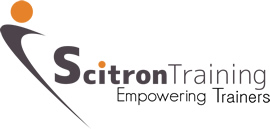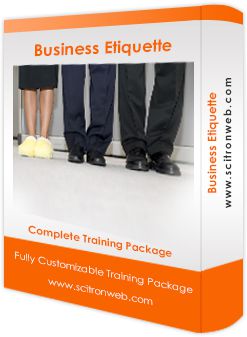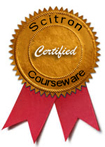The availability of new technologies and the adoption of social media within most organizations create a unique opportunity for trainers and facilitators to support learning in an ongoing format. Social media offers a variety of tools, applications, and platforms
to provide a wealth of resources and training materials to support both virtual and classroom learning.
Use Twitter, blogs, wikis, Facebook pages, Google Docs, YouTube, Skype, and others to expand opportunities to connect with learners formally or informally.
1. Prior to a learning event. Prior to a learning event, tweet short introductions to your courseware and training topic, ask participants to create a short YouTube introduction, or dedicate a wiki page for participants to list their favorites (e.g., books, hobbies) or comments about the class (e.g., what they hope to learn, why they are taking it). This sets up the wiki to be used later for class projects.
2. Between session work. Some classes may be separated by days or even weeks. Blogs can be used to keep participants involved with the topic between sessions. Post a link to a recent article, ask for examples of what participants implemented since the last session, encourage questions or concerns, or provide a case study for participants to resolve and discuss in the next class. Tweet reminders or recommendations based on what they learned in the session.
3. Check up after a class. Follow up with participants after a class to support them once they return on the job by using Twitter to ask what they need, providing tips to implement new actions or a recommended reading list. One way to help learners manage the 140-character limit is to offer them a sentence stem so that they can simply complete the thought, for example, “One thing that concerns me about the new customer service policies....”
4. Continue participant engagement after a class. To encourage involvement after a virtual or physical class session, ask participants to take responsibility for tweeting their successes. Use a wiki for participants to contribute to a permanent searchable record of notes or comments.
5. Organizational change pre-rollout. Communication before a major change in organizations helps employees understand what will happen. If this is done well, social media can help employees learn about their roles and what to expect. Better Communication skills can answer questions, allay fears, and dispel rumors.
6. Post change rollouts. After a major change, employees may uncover aspects of the change that they have not anticipated. Help employees learn by sharing their successes, answering questions, or celebrating accomplishments of those who have achieved certain milestones when managing change. A social infrastructure in place allows the organization to capture new ideas, flawed thinking, workarounds that employees are using, and problems that employees experience. This organizational learning is valuable to make quick policy or procedural adjustments.
7. Just-in-time. The real test of whether a skill was learned is in the implementation of it in the workplace. Knowing when a learner will be faced with implementation can be supported with just-in-time suggestions and reminders. Tweeting “Good luck” can be done before a big meeting or presentation. Providing a checklist as a reminder before a day of interviews or project reviews will be appreciated.
8. Improve communication. Check into current technology to enhance communication skills.For example, use Skype or Hipchat for real-time communication and for showing a video during a meeting. Check out lesser-known technology such as Slack, which offers a real-time messaging, archiving, and search tool that facilitates better communication within a team.
9. Certification and recertification. Many organizations require compliance certification for employees and for technical topics. Social media tools can support this by keeping employees abreast with policy or requirement changes; creating discussion forums for staying on top of policies; or curating questions, concerns, and information for fast retrieval. At some point in the future, organizations may certify based on contributions to posts that demonstrate knowledge.
10. Start a book club. Set up a Twitter account and establish a schedule for reading each chapter of a book. On the scheduled date, tweet a question, asking things like “What key point was important to your job?” “What surprised you?” “What would not work here?” or other provocative questions. Use a blog or wiki for longer commentaries.








